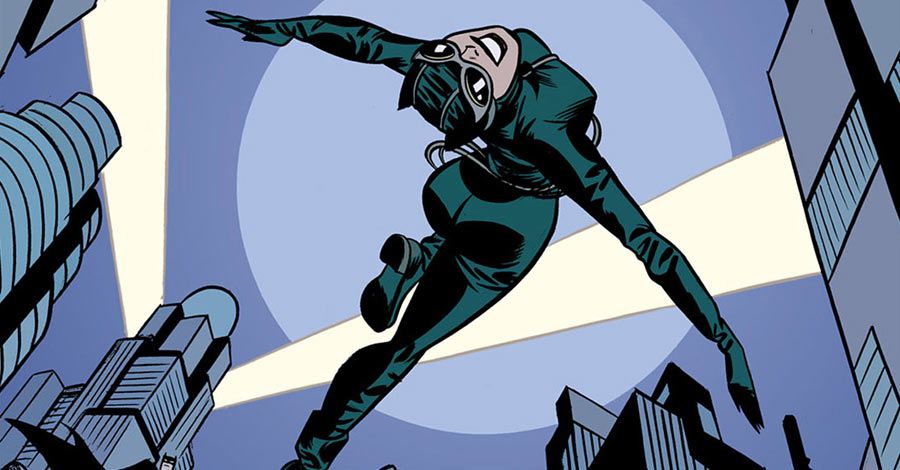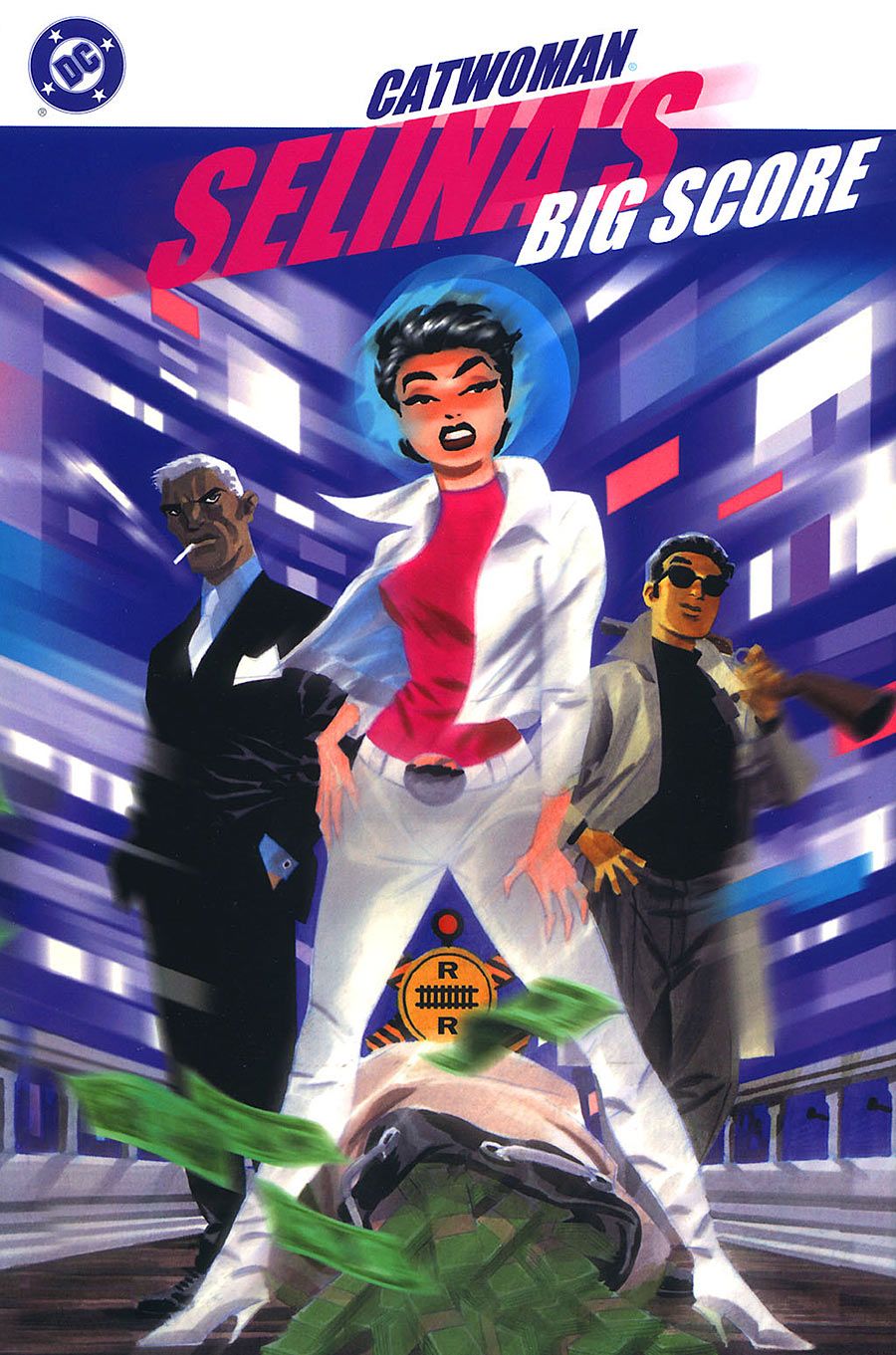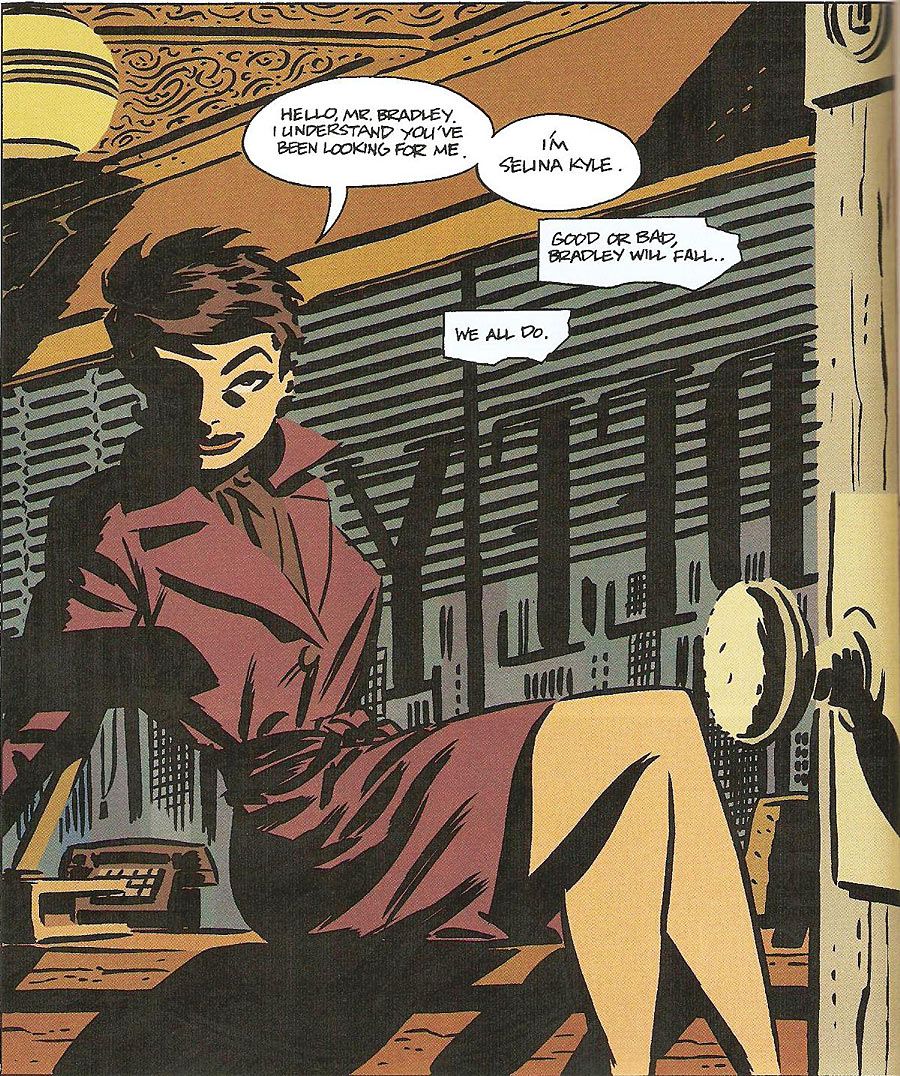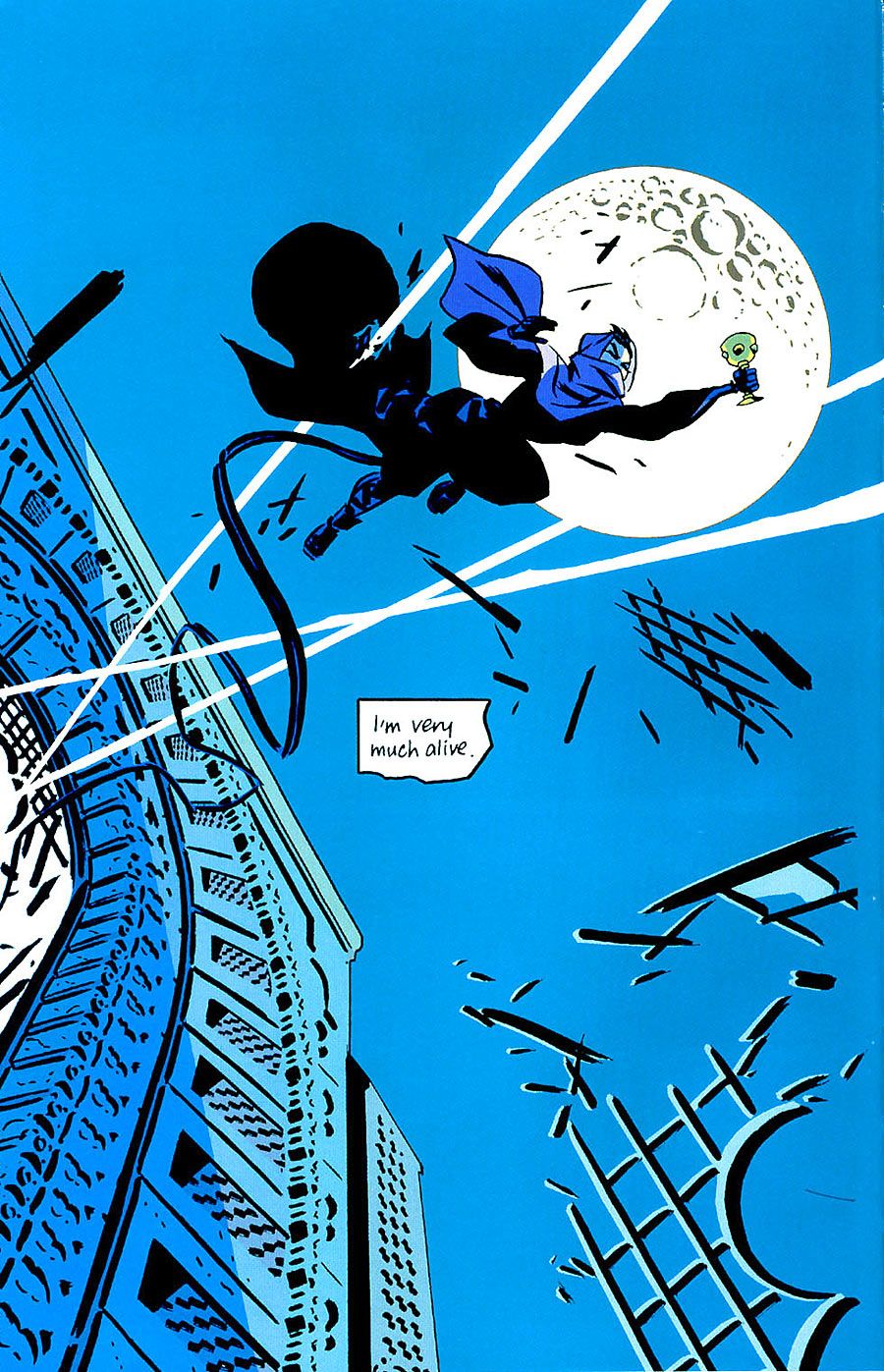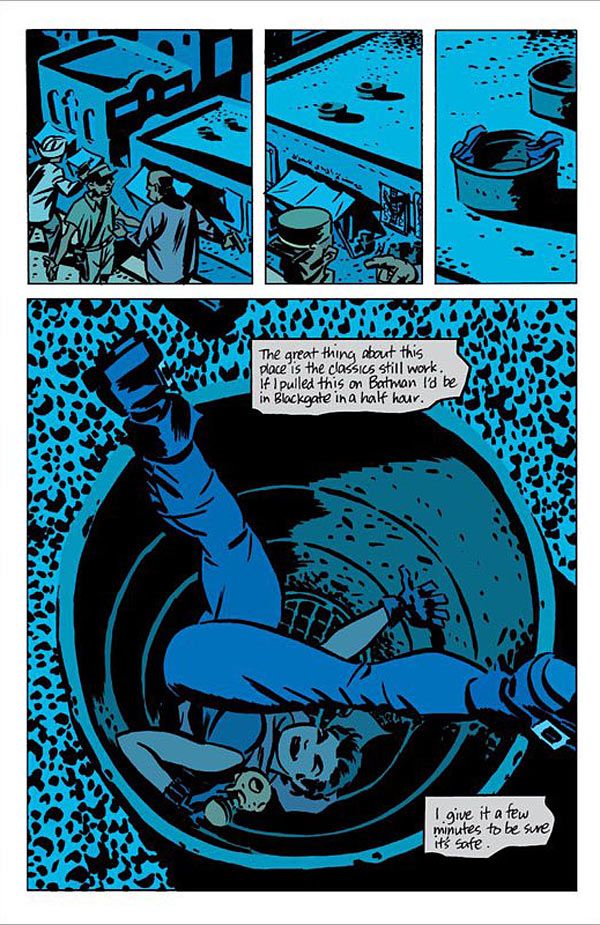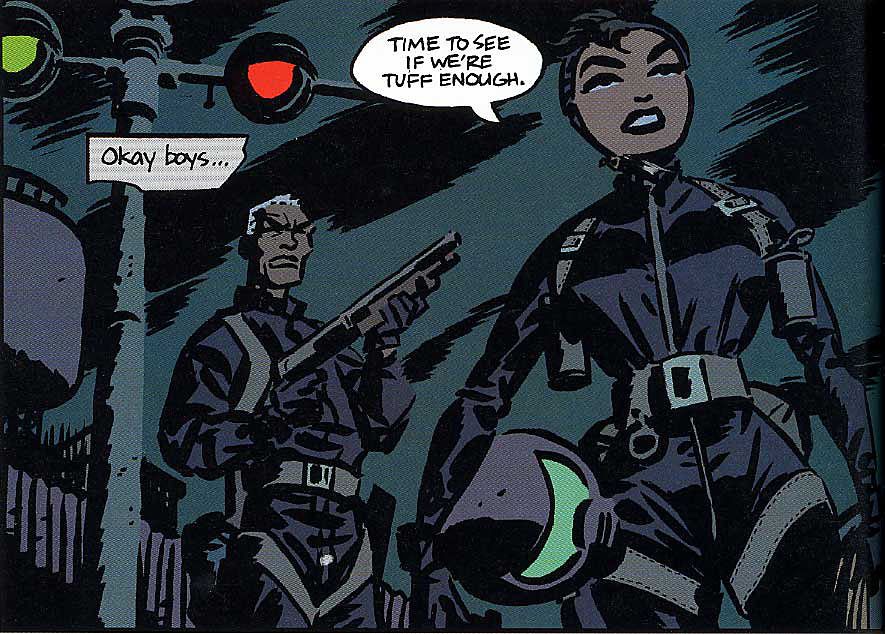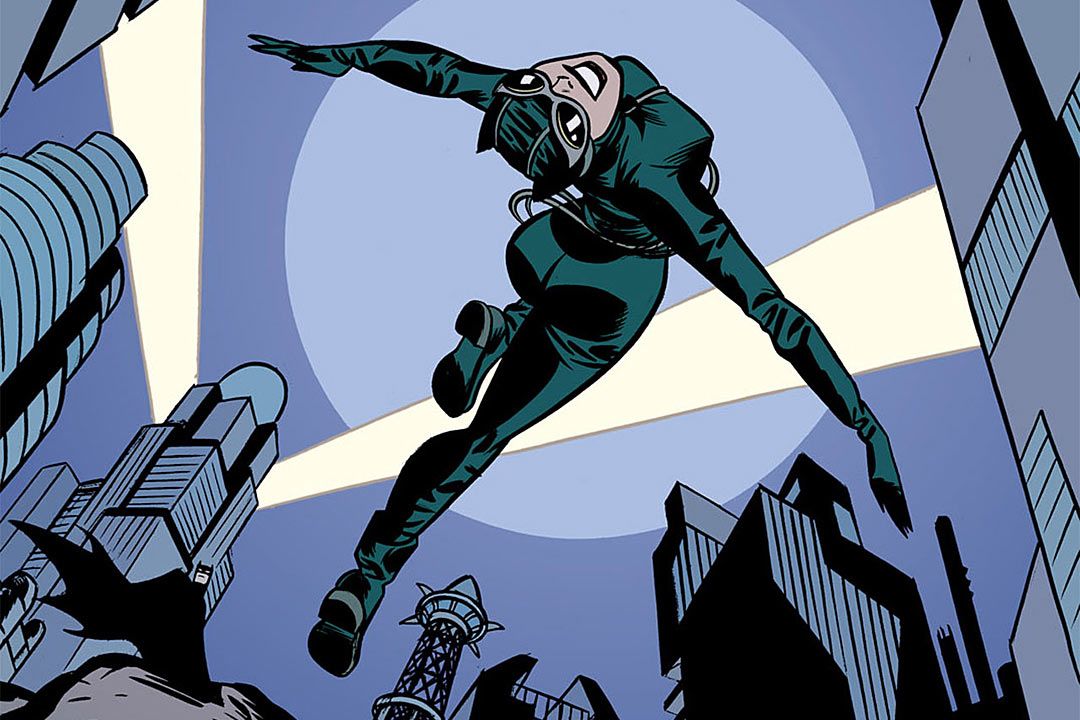I've encountered Selina Kyle, DC Comics' Catwoman, many times, but I didn't really know her.
It started with the "Batman" television movie and weekly series, in which actresses Lee Meriwether, Julie Newmar and the incomparable Eartha Kitt played the feline criminal seductress, each adding their own flavor and flair to the Catwoman character. I would be hard-pressed to pick a favorite from the three, and it really isn't necessary. Just as people are the sum of their parts and aspects, showing different elements of themselves at different times, the Catwoman of television was a mosaic of characteristics.
In the years that followed, I read stories featuring Catwoman in various DC Comics titles, and watched as Catwoman hit the big screen, portrayed by actresses Michelle Pfeiffer, Halle Berry and Anne Hathaway.
When I started working as an editor in the Batman group at DC Comics, some of my first projects had Catwoman. I read a lot of her stories, as many writers and a handful of artists tackled Catwoman, but she still didn't quite click for me. I had respect for Selina Kyle, but I wasn't a fan. Until I was.
RELATED: Celebrating Darwyn Cooke Through His Work
They say the best gifts are the ones you don't realize you need, but you do. Such was the case when a friend was kind enough to give me a graphic novel called "Selina's Big Score," written and illustrated by Darwyn Cooke. The story was about the one heist Selina Kyle really needed to pull off, to escape everything and disappear, but the core of the tale dealt with Selina's real character. Underneath the skin of the master criminal who kept Batman on his toes was a woman with a code, with the capacity to love, with real mortal fear, with a need for allies. Additionally, a woman whose outfit was not painted on her flesh, but allowed for room to breathe, folding at her joints, the goggles bulky, the material looking like leather or a multilayered fabric.
Within various stages of success, Selina Kyle suffered failure, sometimes profound and gut-wrenching. She succeeded in acquiring nothing she set out to have. I'd seen various elements of these characteristics and similar experiences with Selina before, but never all combined in the same book in a story with heart, action, thrills, tension and an aesthetic making her world believable.
The excellent colors by Matt Hollingsworth completed the story that made me love Selina Kyle and pay close attention to anything by Darwyn Cooke from that point on, especially his seminal DC Comics superhero saga, "The New Frontier," which I call "A Love Letter to DC Comics."
Darwyn Cooke passed away overnight on May 13, losing a battle with cancer.
Many people knew him personally. I was not one of those people. I admired and purchased various works of his, considered him the Charles Schultz of the 21st Century because of his superhuman capability to create so much with seemingly fewer lines than most other comic book artists.
Above and beyond his unquestionable and arguably unmatched talent, within the core of his stories, may lurk the answer for why I love his work so much. It speaks to the life of the artist. Every action is a leap into the unknown.
The blank screen for the writer, the blank page for the artist, the black-and-white page for the colorist, the visually-occupied page for the letterer. Within the moments and minutes and hours before the first assault on the terrain before each artist must be a vestige of fear. How to start, where to go, how fast to move, how to escape, how to survive, how to once again pull off the mission.
You make it to the end. Not always the end you originally envisioned, and maybe even rarely according to plan. You exhale, and inhale, and relax a little, and then you steel yourself, you brace... to get ready to do it all again.
This is, from my point of view as a writer, the experience. The experience of the artist. The experience of the thief.
Selina Kyle, the Catwoman, is a master thief. So was Darwyn Cooke. He stole our cynicism, our disillusionment, our disappointment, our concerns.
He stole all of these things and replaced them with hope, joy, excitement, adventure, suspense, pathos, and a renewed faith, in worlds of sunlight and stars, magic and strange science, seduction and romance, elegance and class, ideals and righteous struggle.
Cooke's stories reminded us of the essence of the hero and the superhero. His work was a statement of activism against the heavy shackles of deconstructionism and supposedly modern sensibilities. A statement against prejudices of the real world, embedded in our fictional worlds. A statement against mediocrity, laziness, thoughtlessness and creative apathy.
A statement for the power of art, and the wonders of life.
While the end of his life is a loss I am neither capable of nor qualified to describe, the legacy of his work is our gain, his gift. It is the roadmap to creativity and living. The one laid before us most brilliantly in the aftermath of loss.
So we do as his Selina Kyle did. We stand on the ledge, looking out at the vast unknown, with fear in our chests, and excitement in our bellies. And we jump, into the adventure that is every moment after the leap, with our ideas and our skills and our hearts and our hopes.
We hurl ourselves into the world, knowing failure is inevitable, knowing pain is a certainty, knowing one day the landing won't be a kind one. We do it because this can be a better world, even in the aftermath of loss, in the absence of people whom we love and admire.
Every day before us, a new frontier. Every success, a big score.
Joseph Phillip Illidge is a public speaker on the subjects of race, comics and the corporate politics of diversity. In addition to his coverage by The New York Times, CNN Money, the BBC and Publishers Weekly, Joseph has been a speaker at John Jay College of Criminal Justice, Digital Book World's forum, Digitize Your Career: Marketing and Editing 2.0, Skidmore College, The School of Visual Arts, Purdue University, on the panel "Diversity in Comics: Race, Ethnicity, Gender and Sexual Orientation in American Comic Books" and at the Soho Gallery for Digital Art in New York City.
Joseph is the Head Writer for Verge Entertainment. Verge has developed an extensive library of intellectual properties for live-action and animated television and film, video games, graphic novels and web-based entertainment.
His graphic novel project, "The Ren," about the romance between a young musician from the South and a Harlem-born dancer in 1925, set against the backdrop of a crime war, will be published by First Second Books, a division of Macmillan.
Joseph's newest comic book project is the upcoming Scout Comics miniseries "Solarman," a revamp of a teenage superhero originally written by Stan Lee.

